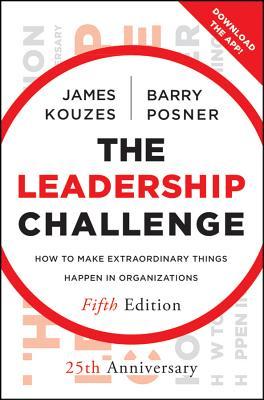By Samantha Davis
Quick; think of as many leadership clichés as you possibly can. What did you come up with? Lead by example; Talk the talk vs. walk the walk; Actions speak louder than words; Serve others, not yourself; The team is larger than any individual, etc. Maybe you thought of more, but those are just a few that came to mind after reading The Leadership Challenge, which is basically just a long collection of leadership clichés explained in obvious detail with basic examples from the real world.
The book starts by going through the five practices of exemplary leadership: (1) Model the Way, (2) Inspire a Shared Vision, (3) Challenge the Process, (4) Enable Others to Act, (5) Encourage the Heart. Maybe by reading just these titles you can see what I was talking about with the clichés. None of these guiding principles are revolutionary, and in my opinion, I thought they were rather self-evident.
Kouzes and Posner did extensive research with ‘constituents’ (their confusing word choice for people who work for a leader—I suppose ‘underlings’ is a little negative) before writing this book. They asked people from around the world what they most look for in a leader (a person whom they would be willing to follow), and the results were the same across different countries (35). People value honesty above all else, followed by being forward-looking, competent, and inspiring. Kouzes and Posner determined that these characteristics fell under the larger umbrella of credibility, which they declared is the foundation of leadership (37). After studying journalism for three years, I agree with this revelation that credibility is the end-all-be-all, but I cannot say I did not already know that before reading this book.
In conclusion, while I felt that this book did have very valuable leadership advice, it was nothing that I had not heard before. And if I, as a 21-year-old college student, already knew most everything in this book, then I imagine anyone who has been in a leadership or management environment for any length of time would already have discovered these tidbits on his or her own. The book was simply too long for the leadership advice they were giving, because most of it was well known and widely accepted (i.e. clichés). Thankfully, there was a table on page 29 that listed all the advice so you don’t have to read the whole thing to refresh yourself on ways to be a good leader.


Thanks for sharing Samantha. I really enjoyed listening to you when you delivered your presentation about this book and thanks for letting us know what the most important page of it is. There are things we can take for granted and others don’t. It truly is about the people we work with.